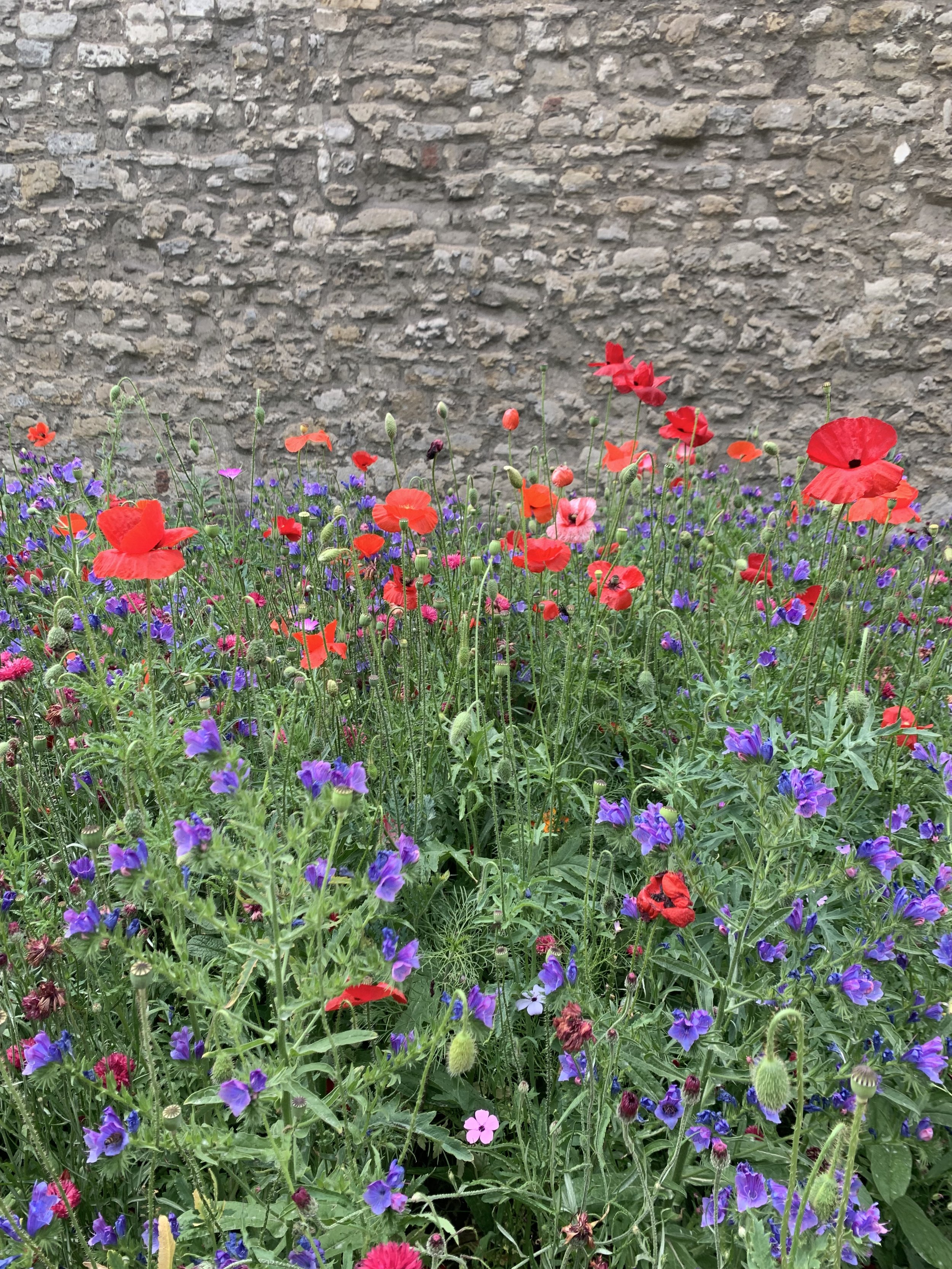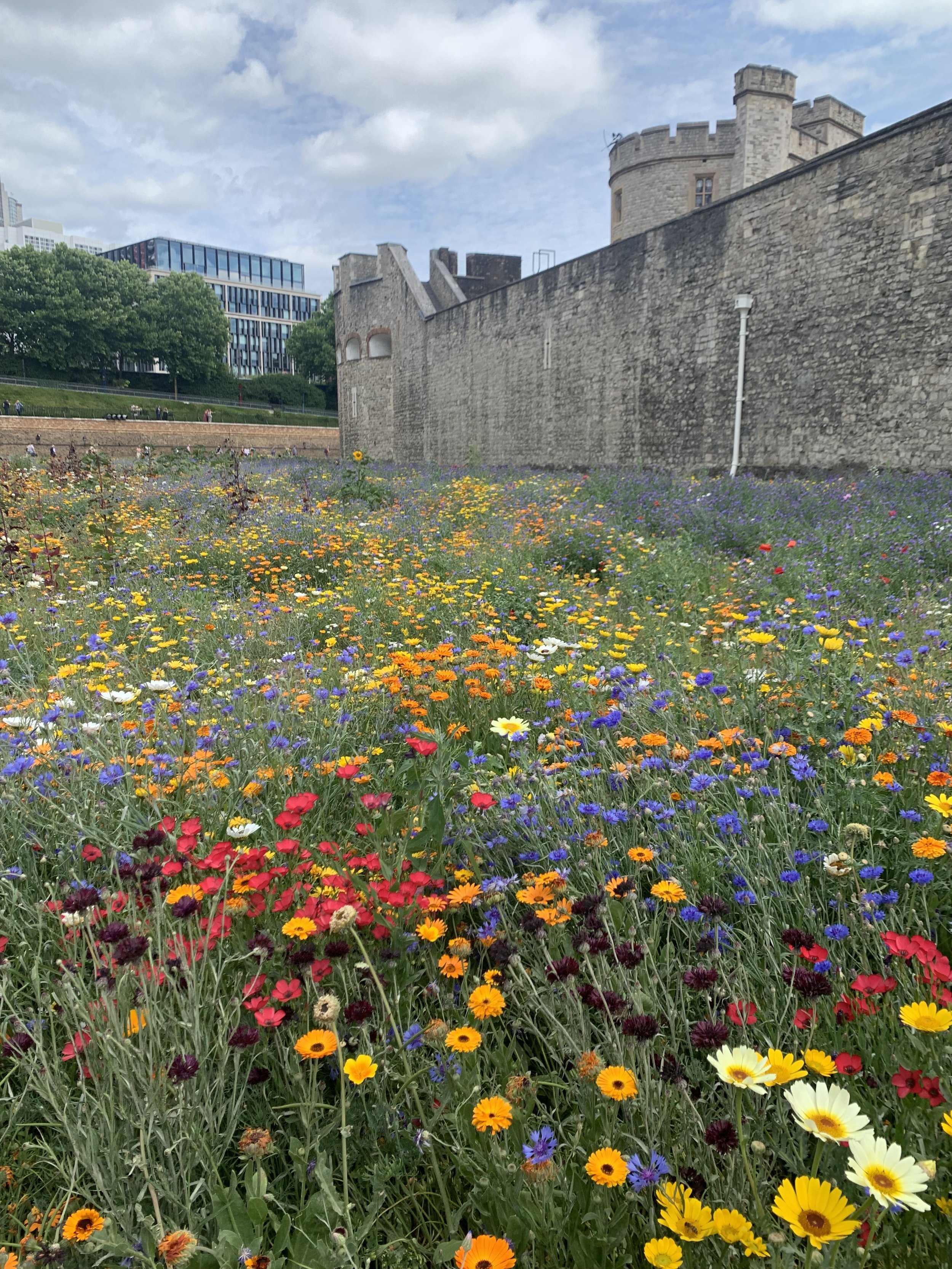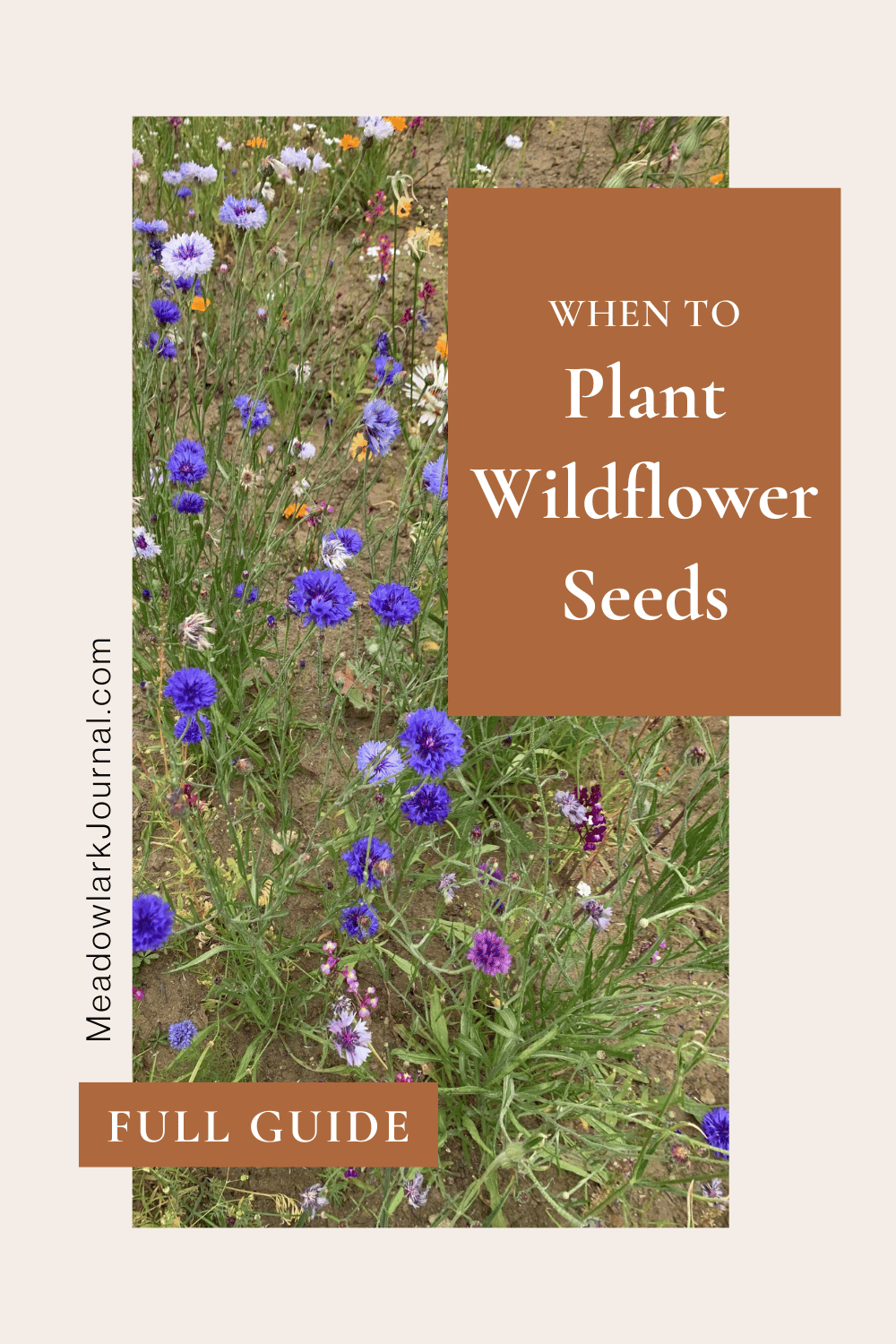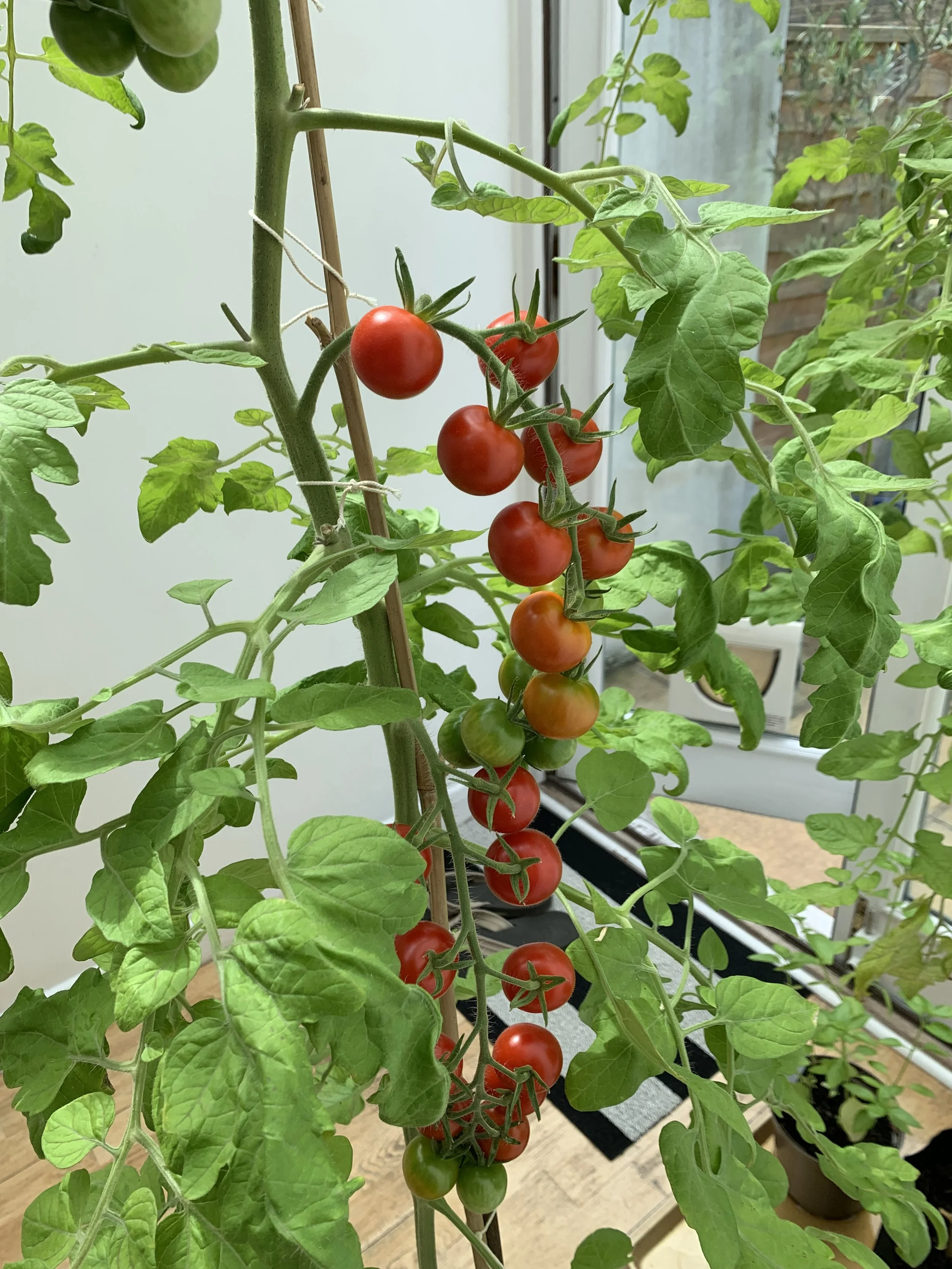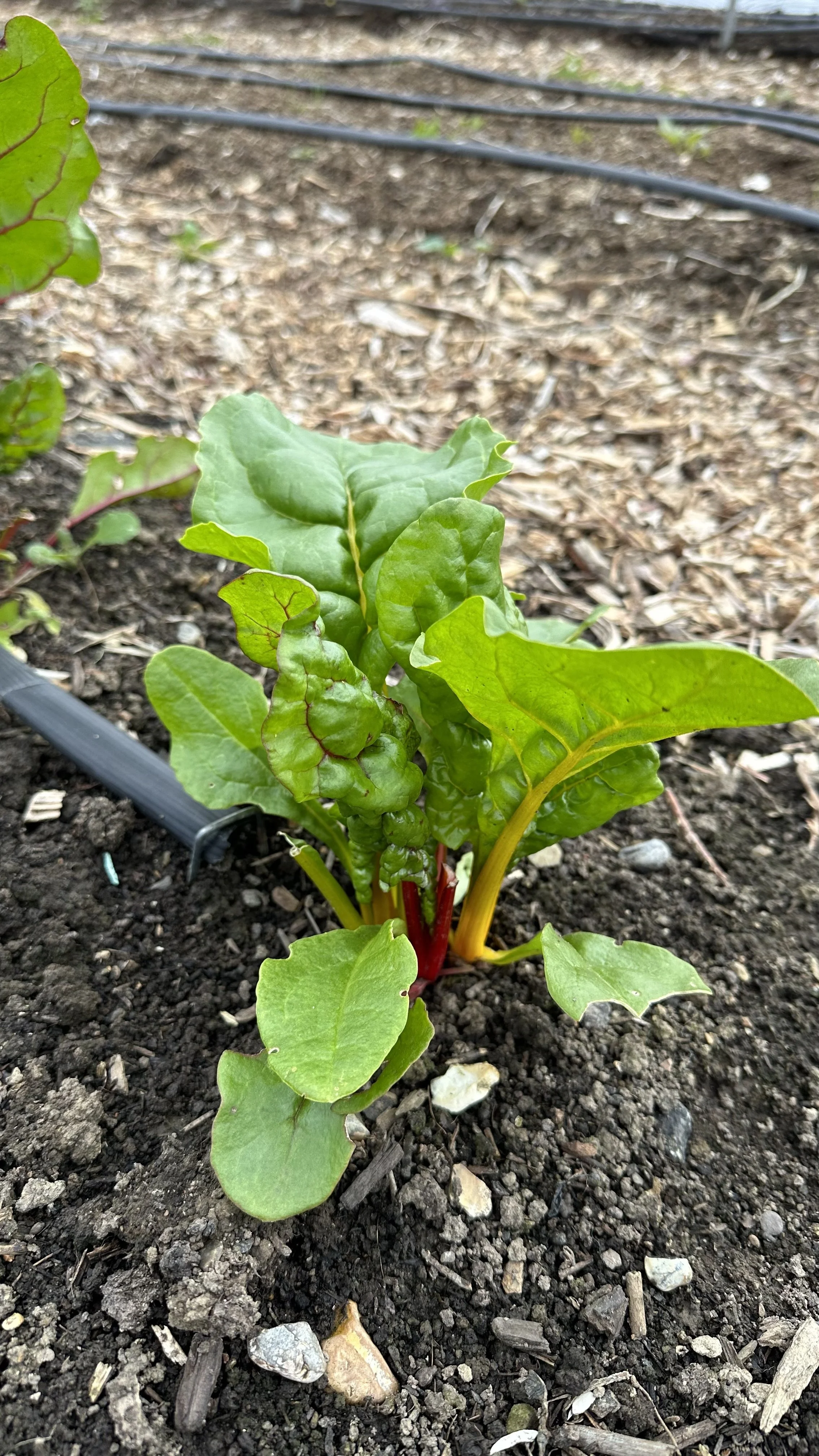When to Plant Wildflower Seeds
This website is reader-supported - thank you! This post may contain affiliate links. As an Amazon Associate, I earn from qualifying purchases at no extra cost to you.
Wildflowers are an incredible way to add color and biodiversity into your garden.
They are becoming increasingly popular in garden design as they are not only beautiful, but they are also relatively low maintenance once established, and encourage all sorts of pollinators into the garden.
Whether you are looking to add color to a neglected corner of your garden, or replace your lawn with a meadow of blooms, wildflower seeds can be an easy and affordable way to make a sustainable change to your garden.
In order to ensure that your wildflower seeds germinate and grow successfully, it is important to understand the best time for planting wildflowers.
Here I will cover the factors to consider when planting wildflower seed mixes, and provide guidelines for when to plant them in order to achieve the best results.
To complete you wildflower garden, also check out my guides:
The Best Wildflowers for Shade
Wildflower planting at the Tower of London by Nigel Dunnett.
When to Plant wildflowers
While each zone has its specifics, a general rule of thumb for most areas is to plant wildflower seeds in spring or fall.
Spring Planting:
As the soil warms up, it's an excellent time for planting and growing wildflower seeds.
This is especially true for annual wildflowers, which bloom the same year they are sown.
Spring planting usually starts as soon as the soil can be worked without being too wet or frozen.
Fall Planting:
This is a natural choice for mimicking how wildflowers self-seed in nature.
In fall, the cooler temperatures and early rainfalls help establish strong root systems without the threat of summer droughts.
For many perennial wildflowers, fall planting ensures a robust bloom in the second year.
Understanding Your Zone
Each geographic area has its unique climate, dictating the best time to plant wildflower seeds.
For example:
Zone 5:
In colder regions like Zone 5, aim to plant either in late fall or early spring.
Fall planting allows the seeds to experience the winter chill, which is necessary for many native wildflowers to germinate.
Spring planting, as soon as the threat of frost is over, gives the seeds a head start in warmer soil.
California:
Given its Mediterranean climate, planting in late fall is ideal.
This timing leverages the winter rains for natural watering, helping the seeds to establish before the dry summer.
New York (Zone 6):
Similar to Zone 5, but with slightly milder winters.
Here, planting in early fall or spring works well.
Fall sowing should be timed before the first frost, allowing seeds to settle in before winter.
Minnesota (Zone 4):
With harsh winters, spring planting is often more successful.
Wait until the soil is workable and the risk of a hard frost has passed.
Consider Soil Temperature
Soil temperature plays a crucial role in seed germination.
Most wildflower seeds germinate best when the soil temperature is consistently between 55°F and 70°F.
Using a soil thermometer can help you determine the perfect planting window in your area.
Here is the soil thermometer I use:
To learn more about growing from seed, check out my guide How Long Does it Take for Seeds to Germinate?
A moat filled with wildflowers at the Tower of London.
For some serious wildflower meadow inspiration, I highly recommend these books:
For more growing tips, check out my guide:
Preparing Your Site: Laying the Groundwork
Creating a thriving wildflower meadow begins long before the seeds hit the soil.
Proper site preparation is crucial to ensure your wildflowers have the best environment for growth.
Here’s how to lay the groundwork for a successful wildflower planting.
1. Choosing the Right Spot
The location of your wildflower garden can greatly influence its success.
Consider these factors:
Sunlight:
Wildflowers generally require full sun, meaning at least six hours of direct sunlight each day.
More sun equates to more blooms.
A south-facing or west-facing garden aspect will be best.
Soil Type:
While wildflowers aren't picky about soil quality, they do prefer well-draining soil.
If your soil is heavy clay or sandy, consider amending it with organic matter like compost to improve texture and nutrient content.
Existing Vegetation:
Choose an area relatively free of aggressive weeds or grasses.
Existing vegetation can outcompete wildflower seedlings for resources.
2. Getting the Soil Ready
Preparing the soil is perhaps the most crucial step in creating a wildflower garden:
Clearing the Area:
Start by removing any existing vegetation.
This might involve using a spade to manually pulling out weeds and cutting down existing plants.
For more on how to do this check out my guide How to Remove Grass to Start a Garden.
Loosening the Soil:
Use a rake, hoe, or tiller to loosen the top 2-3 inches of soil.
This creates a welcoming environment for wildflower seeds to germinate and establish roots.
Testing and Amending Soil:
Although wildflowers are adaptable, knowing your soil's pH and nutrient levels can be helpful.
You can amend the soil slightly to bring it closer to neutral pH if necessary, but avoid over-fertilizing as this can encourage weed growth over wildflowers.
Here is the soil pH tester I use:
Leveling the Ground:
After loosening the soil, level the area.
This helps with even seed distribution and reduces the chances of water pooling in certain areas, which can drown seeds or seedlings.
For more pollinator-friendly planting ideas, check out my guides:
3. Plan for Watering
While wildflowers are drought-tolerant once established, they'll need regular watering during their germination and early growth stages.
Plan your wildflower area where you can water easily, especially if rainfall isn't reliable in your region.
For more watering tips, check out my guide Water Butts: Sustainable Water Storage for Your Garden.
4. Consider the Size and Shape
The size and shape of your wildflower area depend on your space and design preferences.
Wildflower gardens can range from small border plantings to large meadows.
Consider how the shape and flow of the area will integrate with the rest of your garden.
5. Preparing for Pests and Weeds
Lastly, consider how you'll manage pests and weeds.
While wildflowers are relatively low-maintenance, occasional weeding may be necessary.
Avoid chemical weed killers, especially around blooming wildflowers, to protect pollinators.
Also, check out my guide Why Weeds Are Good for Your Garden.
By carefully preparing your site, you create the foundation for a healthy wildflower garden.
This groundwork ensures that your wildflower seeds have everything they need to sprout, grow, and eventually burst into a colorful display.
For more drought-tolerant garden ideas, check out my guides:
Wildflower meadow at the Tower of London.
Sowing the wildflower Seeds: A Step-by-Step Guide
Planting wildflower seeds is a rewarding process, and doing it correctly can greatly enhance the longevity of your wildflower meadow.
Follow these detailed steps to ensure your wildflower seeds get the best start.
1. Selecting Your Seeds
Your choice of wildflower seeds will depend on several factors:
Seed Mixes:
Choose a wildflower seed mix that suits your region and soil conditions.
There are mixes designed for specific environments, such as dry areas, shaded areas, or specific climates.
Annual vs. Perennial Wildflowers:
Annual wildflowers bloom the first year and tend to be more colorful and vibrant, while perennial wildflowers take longer to establish but provide blooms for several years.
Native Species:
Opt for native wildflowers whenever possible.
They're adapted to your local environment and support local wildlife, including bees, butterflies, and birds.
Here are my favorite wildflower seeds to grow:
2. The Art of Sowing
Properly sowing your seeds is crucial for a successful wildflower garden:
Even Distribution:
Mix your wildflower seeds with sand or fine soil to help spread them evenly over your planting area.
This prevents clumping and ensures a more uniform distribution of flowers.
Sowing Depth:
Wildflower seeds need light to germinate, so they should be sown on the soil surface or lightly covered with soil – no more than 1/8 inch deep.
Tools:
For smaller areas, hand sowing allows for more control.
For larger areas, consider using a seed spreader.
Here is the seed spreader I recommend:
3. Watering and Care
After sowing, the seeds will need consistent care to establish:
Initial Watering:
Water the area gently but thoroughly immediately after sowing.
This helps to settle the seeds into the soil and ensures good seed-to-soil contact.
Regular Watering:
Keep the soil consistently moist but not waterlogged during the germination period, which can take anywhere from a week to a month, depending on the species and conditions.
Thinning Seedlings:
If seedlings are too crowded, thin them out once they're a few inches tall.
This gives each plant enough space to grow and reduces competition for nutrients.
Reducing Watering:
Once established, gradually reduce watering.
Wildflowers are generally drought-tolerant and thrive with less water.
4. Maintenance
Post-germination, your wildflower meadow will require minimal but important maintenance:
Weeding:
Regularly remove invasive weeds, especially in the early stages of growth.
This prevents them from overshadowing or choking out your wildflowers.
Mowing:
At the end of the season, mow your wildflower meadow to help spread seeds for the next year.
Set your mower to a high setting to avoid damaging established perennials.
By following these detailed steps, you'll give your wildflower seeds the best chance to flourish into a stunning display.
Patience is key – it may take a season or two for your wildflower meadow to fully establish, but the end result will be worth the wait.
For more inspiration, check out my guides:
A stunning mix of calendula and other wildflowers.
FAQs
When is the best time to plant wildflower seeds in colder zones like Minnesota or Zone 5?
In colder zones such as Minnesota or Zone 5, the best time to plant wildflower seeds is typically in late fall or early spring.
Planting in the late fall allows the seeds to undergo a natural stratification process, where the cold winter temperatures help break down the seed coat, enhancing germination in the spring.
Early spring planting, after the last frost, is also effective as the soil begins to warm up.
This timing ensures the seeds have enough time to establish before the onset of winter.
The key is to plant when the soil is workable and not frozen or overly wet.
Can I plant wildflower seeds in the summer?
Summer planting of wildflower seeds is generally not recommended, especially in areas with hot and dry climates.
The intense heat and lack of moisture can prevent seeds from germinating effectively or stress young seedlings.
If summer planting is unavoidable, such as in cooler climates or if you're using irrigation, choose drought-tolerant wildflower species and ensure consistent soil moisture until the plants are established.
How do I choose the right wildflower seed mix for my area?
To choose the right wildflower seed mix, consider your local climate, soil type, and the amount of sunlight your planting area receives.
Look for mixes that contain native species as they are adapted to your region's environmental conditions and benefit local ecosystems.
Also, consider whether you prefer annuals for a single-season display or perennials for ongoing blooms.
Is it better to plant wildflower seeds or plants?
Both options have their merits.
Planting seeds is generally more cost-effective, offers a wider variety of species, and can result in a more natural-looking wildflower area.
Seeds require patience, as some may take a full season or more to bloom.
Planting wildflower plants provides instant color and is less work-intensive, though it can be more expensive and offers less variety.
Your choice may depend on your budget, the size of the area, and how quickly you want to see results.
How do I maintain my wildflower meadow?
Once established, wildflower meadows are relatively low-maintenance.
Minimize watering, as wildflowers are adapted to natural rainfall patterns.
Avoid fertilizers, which can promote weed growth over wildflowers.
After blooming, you can mow the meadow to a height of about 6 inches to help disperse seeds and control the height of perennials.
In early spring, rake over the area to remove dead growth and help new seeds come in contact with the soil.
For more tips, check out my guide:
Wrap-up
The journey to establish root systems for a stunning display of wildflowers begins with understanding the natural cycles of growth and bloom.
When you choose to plant wildflowers, you're not just beautifying your garden; you're contributing to the health of your local ecosystem and inviting a diverse array of wildlife to your doorstep.
Whether you opt for a specific wildflower mix tailored to your region or experiment with various wildflower mixes, each brings its unique charm and benefits.
The success of your wildflower meadow hinges on factors like soil temperatures, proper seed selection, and ongoing care.
But the effort is well worth it when you see the first blooms.
Wildflowers don't just grow; they tell a story of resilience, adaptation, and natural beauty.
So let the adventure of planting wildflowers inspire you.
Embrace the process, from preparing the soil to watching the first sprouts emerge.
With patience and care, your wildflower garden will become a beautiful testament to the simple act of planting a seed and watching it thrive.
Pin this post to save it for later!
